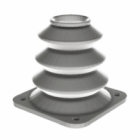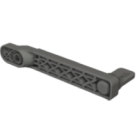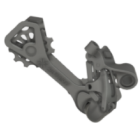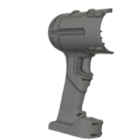What is the highest quality 3D printer?
Understanding precision, performance, and what “high quality” really means
When people ask about the highest quality 3D printer, what they’re really asking is: which printer can consistently deliver precise, professional-grade results? The answer isn’t tied to one brand or model. It depends on a combination of accuracy, consistency, material control, and smart workflow integration.
High-quality 3D printing isn’t just about surface finish. It’s also about part integrity, dimensional stability, and repeatability — especially when the application demands performance, not just appearance. The ideal machine is the one that matches your use case, handles your chosen materials reliably, and produces consistent output with minimal intervention.
Technology plays a big role: printers built for detail, like SLA or SLS, naturally offer better finishes than basic FDM units. But mechanical stability, smart motion systems, and tuned firmware are just as important. Even an FDM machine can deliver excellent results if it’s well-calibrated and matched with good material and slicing software.
In real-world use, high-quality results also come from predictability. The printer should require minimal babysitting, recover gracefully from errors, and be supported by strong documentation and maintenance tools. If it can handle long prints, functional parts, or high-detail prototypes with the same level of reliability, that’s when you know you’re working with a truly high-end system.
Checklist: what defines a high-quality 3D printer?
| Criteria | Why it matters |
|---|---|
| High resolution & tight layer control | Enables fine detail and smooth surfaces |
| Dimensional accuracy & repeatability | Critical for fit, function, and part-to-part consistency |
| Stable mechanical design | Reduces vibrations, backlash, and alignment issues |
| Reliable material handling | Ensures even extrusion, curing, or sintering |
| Closed-loop thermal or motion control | Keeps the process consistent across longer builds |
| Smart slicing & calibration features | Saves time, reduces user error, boosts quality |
| Good serviceability and documentation | Helps maintain performance over time |
Explore also
- What to know before buying a 3D printer
- Factors to consider when buying a 3D printer
- 3D printing comparison
- SLS vs other 3D printing methods: when to choose it
- How to future-proof your 3D printer investment
- What to buy with a 3D printer
Related categories













